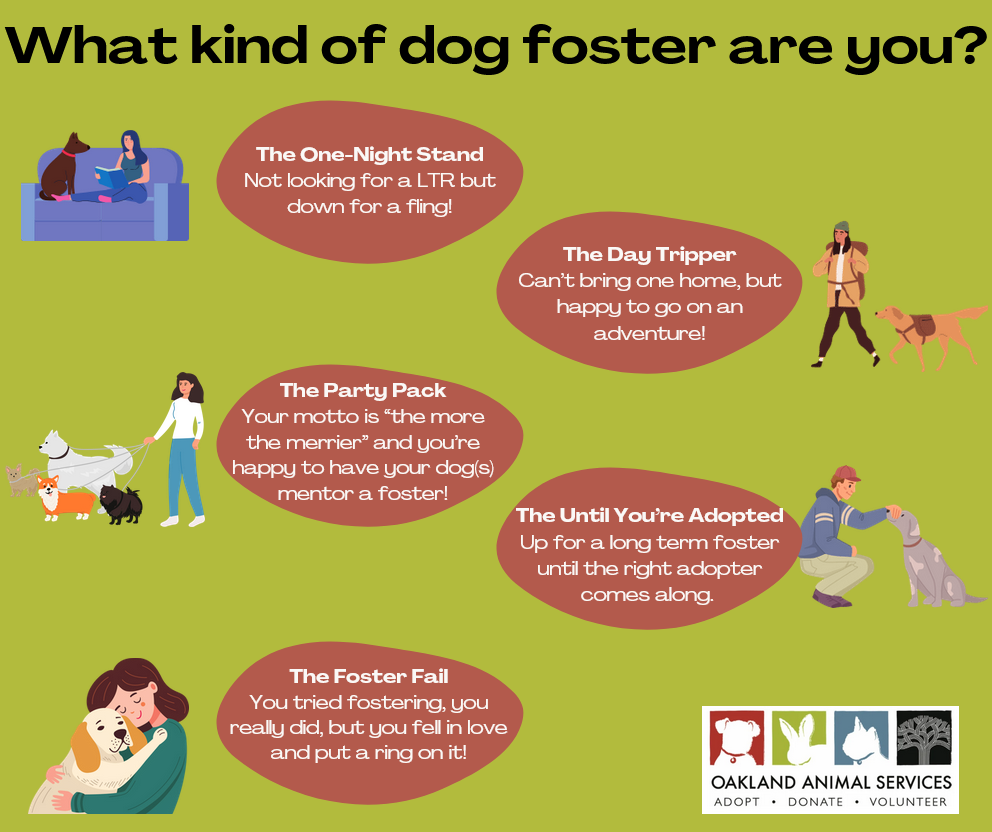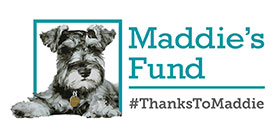Jump to: Dog Fostering | Kitten Fostering | Rabbit Fostering
Through grant funding received in 2016, Oakland Animal Services created its first wider-reaching foster program. Now funded by the Friends of Oakland Animal Services, the foster program saves lives, alleviates shelter stress and provides a chance for the many animals who simply don’t display their most endearing sides in a shelter environment. Fostering also bonds the shelter with the community it serves; providing an additional tool in education about animal overpopulation, the beauty of shelter animals and the values of adopting.
Fostering is a great way to help a shelter animal on a temporary basis. The animal benefits greatly from the relative quiet, stability and just plain fun of home life. Being a foster parent instills a huge sense of accomplishment because you provide the care to prepare the pets for adoption!
How to foster a dog
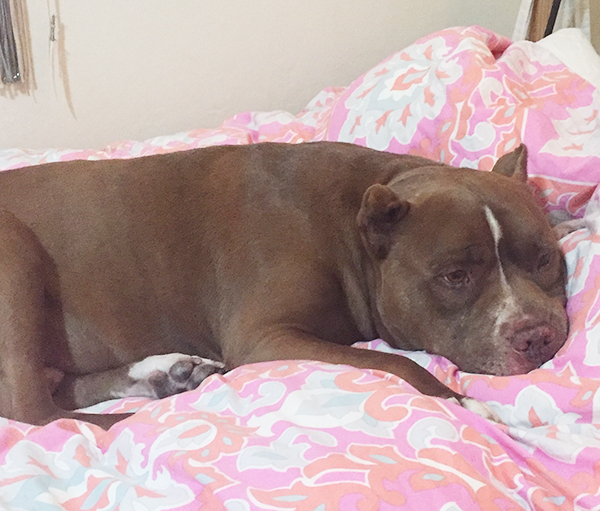
Jiffy is a sweet senior dog who was placed in a foster home due to his age and arthritis. An adopter saw his online profile, met with Jiffy, fell in love, and adopted him!
We aim to make fostering a dog as easy as possible. We provide initial supplies, medical services, guidance and support; fosters provide love, attention, a safe environment and ongoing supplies.
Most dogs in foster homes remain available for adoption, so fosters are required to make their foster dog available for adoption visits by appointment at the shelter, and at scheduled local adoption events. Some dogs are in foster because they are recovering from a medical condition or working on behavioral improvements. In such cases the dog may not be available for adoption yet.
Please realize that dogs will take a few days to acclimatize to their new environment (your home), and a few weeks/months to really feel comfortable and show their true character. When you take your foster dog home, make sure you set aside a significant amount of time, especially in the first few days, to help the dog settle in.
These dogs need a foster home, and would love to come home with you now!
To foster a dog, please complete and submit a dog foster application.
For questions about dog fostering, email .
We try to fit fostering into your lifestyle!
How to foster a kitten
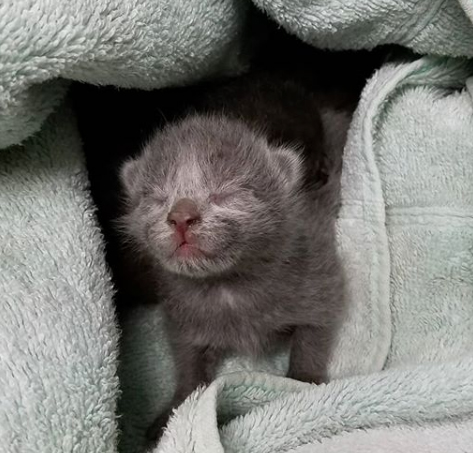 Our kitten foster program focuses on underage kittens, including mother cats with underage kittens. Kittens remain in foster homes until they weigh 1 kg (2.2 lb), at which time the foster returns them to the shelter where they are made available for adoption.
Our kitten foster program focuses on underage kittens, including mother cats with underage kittens. Kittens remain in foster homes until they weigh 1 kg (2.2 lb), at which time the foster returns them to the shelter where they are made available for adoption.
The amount of time that kittens are in your care varies from two to nine weeks, depending on how young the kittens are when you start fostering them. Kittens should be kept separate from your resident pets – using a spare bedroom or bathroom for your foster kittens is ideal.
We provide initial food and litter, and can loan you a kitchen scale (to weigh your kittens) and warming disc/heat pad. We also provide medical services to your foster kittens. You must be able to transport your kittens (at your expense) to the shelter every 2 weeks for vaccinations, and more frequently if your foster kitten falls ill. If your kitten needs medication, you may be required to administer oral medications or eye ointments.
To foster a kitten, complete and submit this application.
How to foster a cat
 Our nonprofit partner, Cat Town, was established to take shy, senior and other at-risk OAS cats from the shelter and place them in foster homes where they can thrive.
Our nonprofit partner, Cat Town, was established to take shy, senior and other at-risk OAS cats from the shelter and place them in foster homes where they can thrive.
Cat Town provides supplies, medical services, and guidance and support; fosters provide love, attention and a safe environment. When the fostered cats are ready, they become available for adoption directly through Cat Town.
Visit Cat Town’s website for more information on how to become part of their cat foster program.
How to foster a rabbit
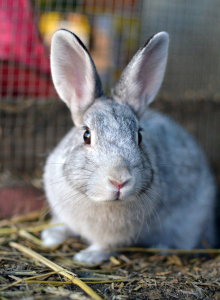
Our rabbit foster program aims to place all rabbits that enter our shelter into foster or adoptive homes, without housing them long-term in a shelter environment. Rabbits make excellent pets but are also often misunderstood as “easy” pets. They do require the same time and commitment as any other pet. Most rabbits do not enjoy being picked up and carried around, making rabbits unsuitable as a first-time pet for young children.
OAS will provide start up supplies such as an x-pen, litter box, bowls, hay, food, and litter pellets. Fosters are expected to supplement your rabbit’s diet with fresh veggies and fruit. If needed, fosters can request additional hay, food, and litter pellets.
After spending some time with the rabbit, fosters are asked to provide bios and photos to be used to promote the rabbit for adoption. Fosters may be asked to talk to an interested adopter about the rabbit, and will need to transport the rabbit to OAS when appointments are made with potential adopters. Additionally, a foster may be asked to bring the rabbit to an adoption event hosted by an OAS rescue partner.
Since most rabbits received by OAS are not spayed or neutered, fosters will be expected to transport rabbits to one of our veterinary partners to be fixed, as well as for any additional medical needs that may arise while the rabbit is in your home.
Most of our rabbits require a foster with at least some rabbit experience. On occasion we have rabbits who may be suitable for a first-time rabbit foster. Be sure to review our rabbit resources page here. To foster a rabbit, the first step is to complete our rabbit foster application here.
